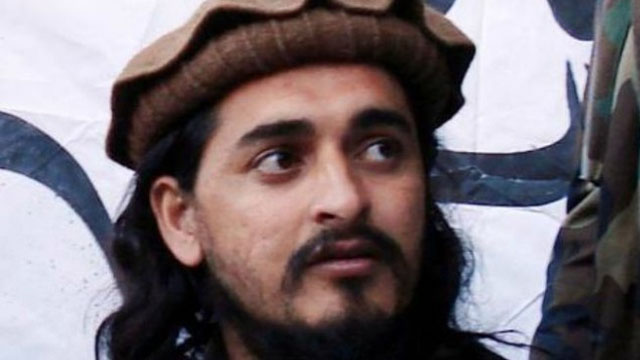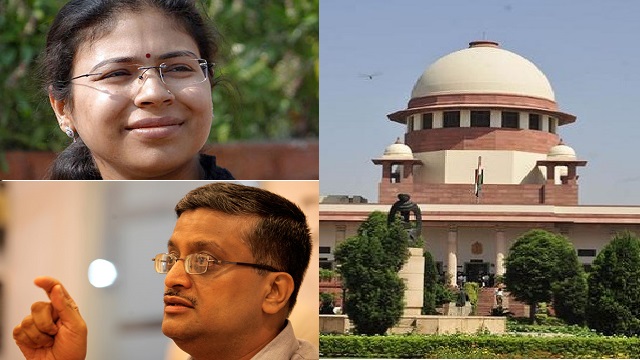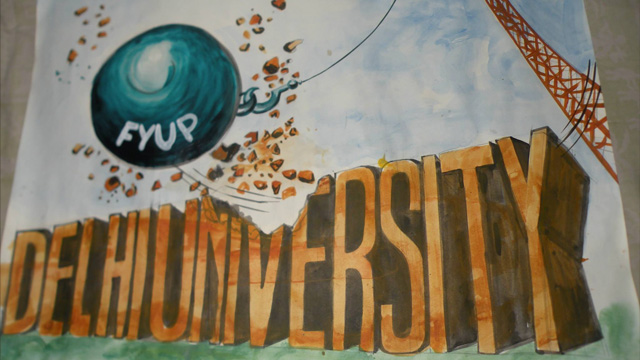Pakistan’s anger over last week’s drone strike is just more cover for its own insufficiencies
The US drone strike that killed the Pakistan Taliban leader Hakimullah Mehsud last week has in fact rooted anger in Islamabad and intimidates a break in relations between the two countries. It is argued that this most recent exercise of Washington’s military power has endangered an uncertain peace process that Pakistan’s leaders were making efforts to put in place. But is this actually the scene? As the battles of Afghanistan and Pakistan start to fade out, a risky illusion is taking their place – that a political resolution suitable both to the West and the Islamists is doable.
Mehsud was a violent and efficient rebel fanatical to imposing strict Islamic law in Pakistan and Afghanistan, and the devastation of Western power across the region. He was to blame for the deaths of thousands in his own country, counting the lorry bomb that shattered the Marriott hotel in Islamabad in 2008.
Still the political leaders in Pakistan have responded with sharp resentment, treating the end of the 34-year-old as a national disgrace and the elimination of a possible negotiator in a key position to modify the course of the conflict. Pakistani Prime Minister Nawaz Sharif, who just last week claimed to have introduced a talk with the Taliban, has now directed a full re-evaluation of relationships with US. The cricketer turned anti-American politician, Imran Khan, has asked for a ban on shipments to NATO troops in Afghanistan cricketer turned anti-American politician, Imran Khan from Pakistani docks.
US have been here before, nevertheless. In the wake of the raid to kill Osama bin Laden, who was hiding for years near Islamabad, a parallel wave of indignation was created to conceal Pakistan’s insufficiencies. From the White House viewpoint, Mehsud was not a negotiator – primarily he was the warlord who planned the Times Square bomb attacks.
There is no uncertainty that regardless of the fatal toll on the Taliban, the political expenditure of the drone attacks is definitely increasing. As combat forces are removed from Afghanistan the hunt of peace talks has come to rule the West’s strategy in the region. Consequently it is getting harder to nullify submissions that the campaign of shootings intimidates to upset the subtle build-up to a peace procedure with the Taliban. Last week David Cameron called together a summit between Sharif and the Afghan president Hamid Karzai to drive attempts to draw the Taliban to the talking table. It yielded a get through when Islamabad decided to let a meeting between the Afghans and Mullah Baradar, the Taliban’s deputy leader, who is under house arrest in Pakistan.
Though even as that agreement was being sealed, a desert drone operative was homing in on Mehsud’s actions in Waziristan. Karzai and Sharif can with some explanation protest that their Western partners are sending conflicting indications. Do they wish to speak to the Taliban or not?
There is no easy option between talking and fighting. Indeed no one actually knows if the Taliban are ready to talk to their foes. Even before the strike on Mehsud, the possibilities of a corresponding peace proposal between Pakistan and the Taliban were rated as doubtful.
US President Barack Obama has by now countered to Pakistani rage by roughly limiting the use of drones. There have been 24 attacks on Waziristan until now in 2013, a remarkable decline since the high point of the operation in 2010, when 117 were registered.
President Obama embarked understandable new rules for attacking militants abroad which make painful interpretation for Pakistan. He said drone attacks should take place when the target cannot be arrested and where the local authorities cannot operate autonomously against the fanatics. In other words, Islamabad cannot insist an end to drone attacks while it persists to struggle incompetently with the wider risk caused by the Taliban.





